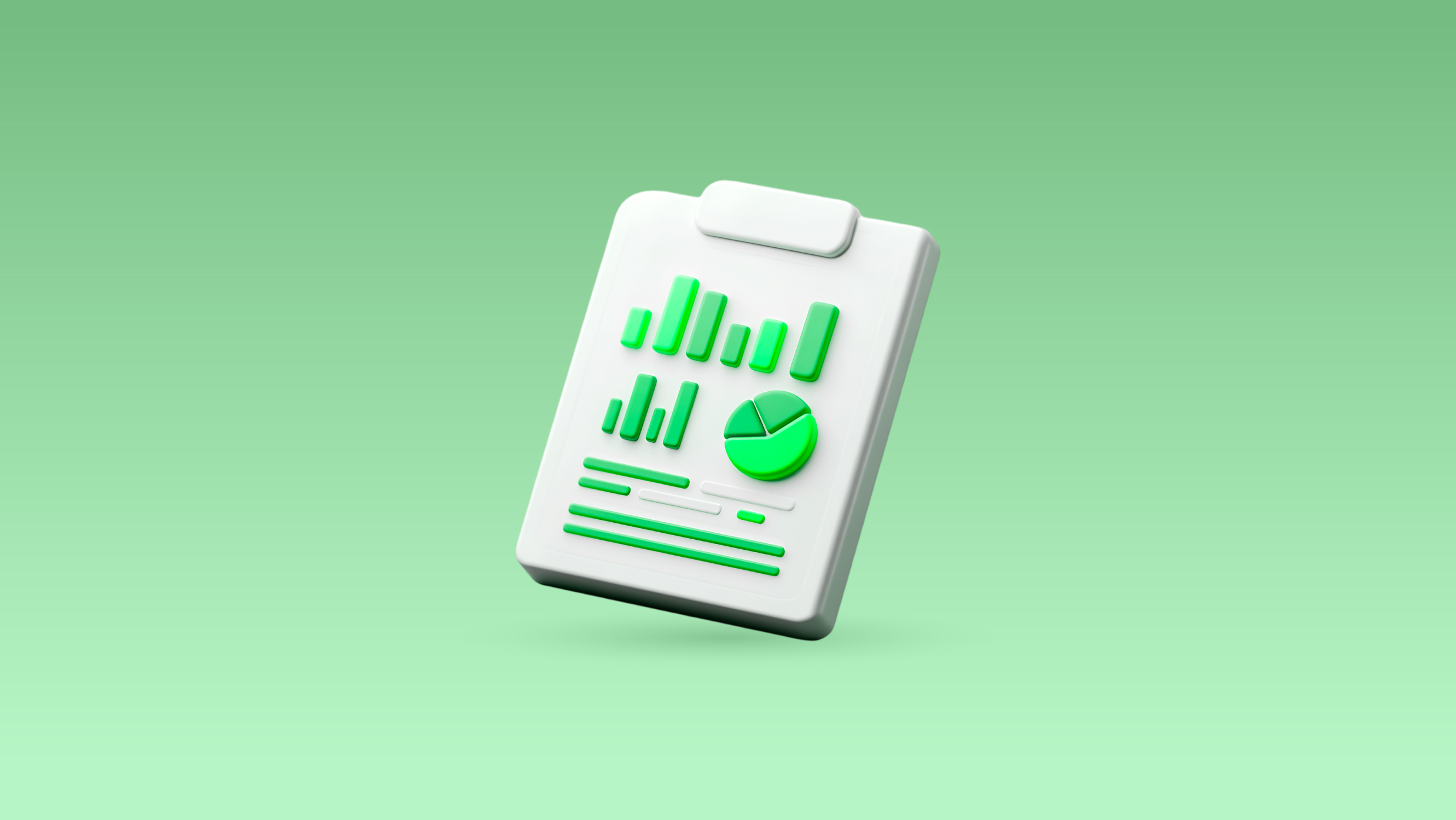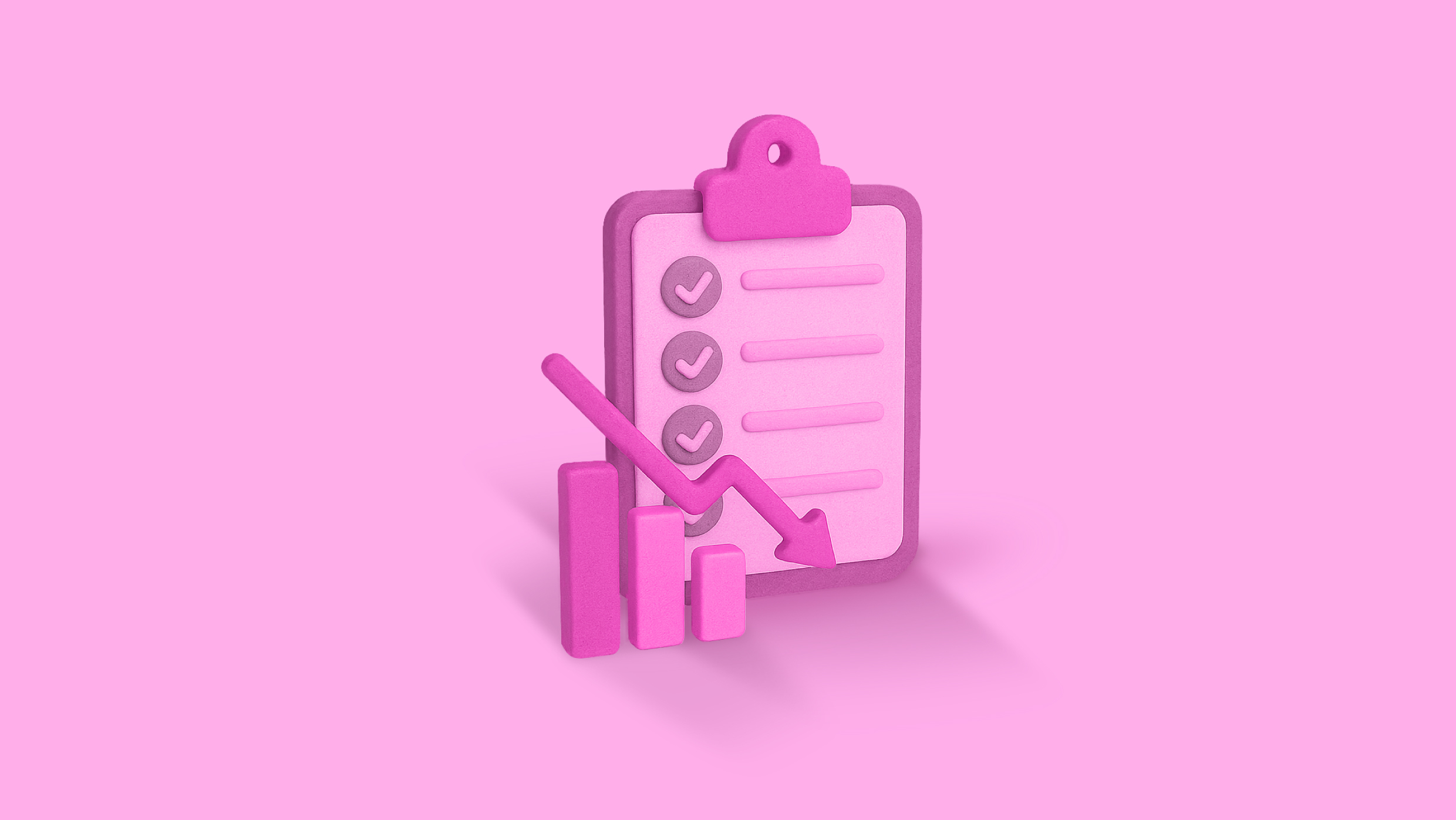When it comes to understanding your business finances, two statements often come up: the income statement and the balance sheet. While both are essential, they serve different purposes. The income statement vs. balance sheet comparison is key to grasping how money flows through your business and where it stands financially. Whether you’re a startup founder, a finance manager, or simply trying to get a grip on your books, knowing the difference between the two can make a big impact.
In this blog, we’ll break down what each statement does, how they’re different, and why you need both to get a complete picture of your business’s financial health.
What is a Balance Sheet?
A balance sheet presents the financial position of your business on a specific date. It outlines what your business owns, what it owes, and what remains after settling all obligations — in other words, your assets, liabilities, and equity.
Here’s what that includes:
- Assets: Everything the business owns — cash, inventory, machinery, receivables, etc.
- Liabilities: What the business owes — loans, vendor payments, taxes payable, and other dues.
- Equity: The value that belongs to the owner(s) after all liabilities are paid. This includes retained earnings and capital invested.
The basic formula:
Assets = Liabilities + Equity
Let’s say your business owns equipment worth ₹5 lakh, has ₹2 lakh in outstanding payments to vendors, and you’ve invested ₹3 lakh into the business. That’s a balanced sheet — ₹5 lakh in assets equals ₹2 lakh in liabilities + ₹3 lakh in equity.
A balance sheet is often used by lenders and investors to assess your financial stability. It shows whether your business is in a healthy position to meet its obligations and grow.
What is an Income Statement?
While the balance sheet shows where your business stands at a specific point in time, the income statement explains how your business got there. It reflects your financial performance over a period — whether monthly, quarterly, or annually — by tracking your revenue, expenses, and the resulting profit or loss.
It records your income and expenses, showing whether your business made a profit or ran into a loss during that time. That’s why it’s also known as the profit and loss statement or income and expense sheet.
Here’s what it typically includes:
- Revenue: All the money your business earned from sales or services.
- Expenses: Costs incurred to earn that revenue — rent, salaries, utilities, raw materials, etc.
- Net Profit or Loss: What remains after subtracting expenses from revenue.
Example:
Let’s say your company made ₹10 lakh in sales and spent ₹7 lakh on operations during the quarter. Your net profit is ₹3 lakh. That’s the number investors, tax authorities, and stakeholders look at to measure your business performance.
The income statement helps you track growth, manage spending, and understand the profitability of your business.
Income Statement Vs. Balance Sheet: Key Differences
While both statements are part of your core financial reporting, they serve different functions. Here’s how they compare:
| Feature | Balance Sheet | Income Statement |
| Purpose | Shows financial position | Shows financial performance |
| Main elements | Assets, liabilities, equity | Revenue, expenses, profit/loss |
| Helps you understand | What your business owns and owes | How your business is earning and spending |
| Used by | Investors and lenders | Founders, CFOs, auditors, and tax teams |
Why You Need Both
Relying on just one of these statements gives you only half the story.
Imagine your income statement shows a healthy profit, but your balance sheet reveals you’re sitting on unpaid loans and low cash reserves. That’s a warning sign. Likewise, a strong balance sheet may hide the fact that your business isn’t generating enough income to stay sustainable.
Together, these two reports give you the full picture: how your business is doing and where it stands.
They also help with:
- Better decision-making: Know when to invest, cut costs, or seek funding.
- Compliance: Stay ready for audits, tax filings, and financial reporting.
- Business planning: Set realistic growth targets backed by actual data.
Conclusion
The difference between an income statement and a balance sheet isn’t just technical — it’s practical. One helps you track your journey, the other tells you where you’ve reached. Think of the income statement as your progress report and the balance sheet as your financial map. You need both to navigate your business toward success.
Using accounting software or tools makes generating these reports quick and easy. But the real value lies in understanding what the reports reveal — and using those insights to make smart business decisions.





